Africa is caught in a paradox: it emits only a tiny proportion of greenhouse gas (GHG) emissions but suffers disproportionately from the consequences. And while demand for electricity is currently low, it is set to grow exponentially across the continent.
At the same time, global GHG emissions totaled 57.4 gigatons (CO2 equivalent) in 2022. According to the United Nations Environment Program, this is an increase of 62% over1990.
The need to develop sustainable electrification in Africa is therefore clear. Some countries, such as Morocco, Niger and Benin, have already committed to ambitious targets, particularly in renewable energies, but the process will require a collective effort on a scale never seen to date.
The challenges of sustainable electrification in Africa
An inevitable increase in demand
Electricity demand in Africa could reach nearly 2,400 TWh by 2040
The African continent is experiencing strong demographic growth. This trend is set to continue, alongside improvements in average living standards and faster development of industry, trade and agriculture. All these factors will drive higher demand for electricity over the next few years.
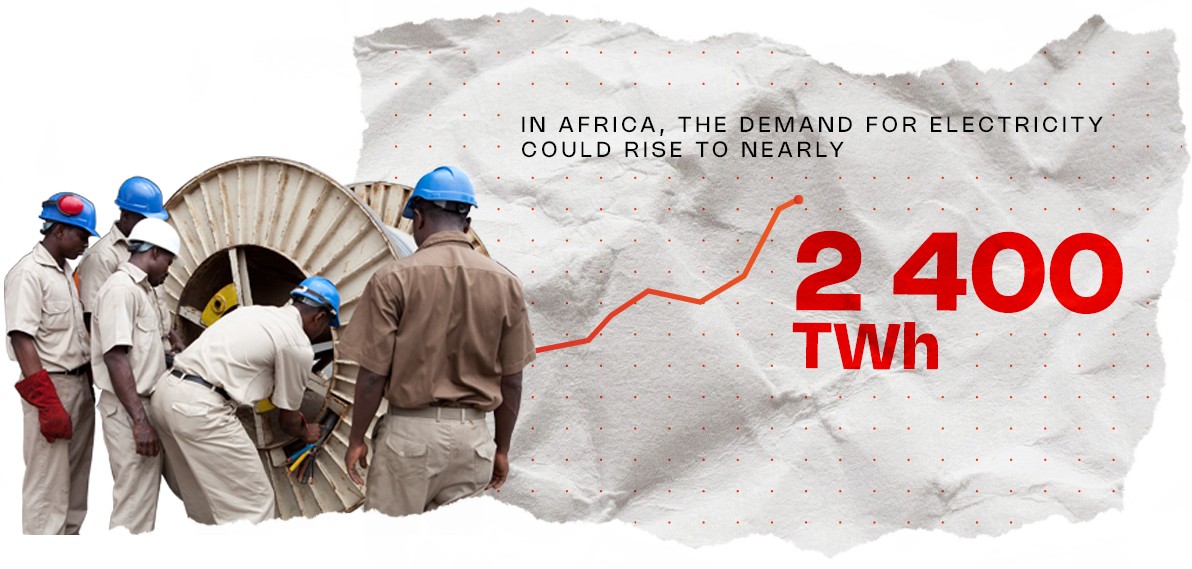
According to the International Energy Agency (IEA), electricity consumption in Africa currently totals around 730 TWh, barely more than a country such as Germany. This underlines the paradox of the African continent. Despite making only a tiny contribution to greenhouse gas emissions, it is more vulnerable than any other region to the effects of global warming (droughts, floods, impact on water and agriculture, etc.). More than any other region, Africa needs to satisfy the huge demand for electricity in order to unlock its economic potential and improve living conditions in some regions. This will involve deploying agricultural greenhouses and desalination plants such as the facility in Casablanca, Morocco.
Africa is heavily dependent on fossil fuels, which currently make up 80% of its electricity mix. This type of fuel is cheaper and historically more accessible than clean energies. To achieve sustainable electrification, it will be necessary to gradually phase out the old polluting power plants with renewable alternatives.
Demand for electricity was expected to bounce back by 3% in 2023 (after a slight decrease), rising by 4.5% in 2024 and 2025. However, a more substantial increase in demand is expected over the long term. One of the IEA scenarios forecasts a rise to 2,400 TWh across the continent by 2040!
Global demand for electricity is set to increase by more than 40% over the next 20 years
Factors such as population growth, urbanization, industrial expansion and global warming are automatically translating into higher electricity demand. According to IEA figures, global consumption already totaled 24,398 TWh in 2022, a threefold increase on 8,132 TWh in 1981. And this figure is unlikely to fall any time soon! The World Energy Council expects consumption to exceed 40,000 TWh per year in 2040, a leap of over 40%.
The facts set out by the International Renewable Energy Agency (IRENA) are nevertheless clear: to limit global warming to 1.5°C, we have no choice but to cut annual emissions of carbon dioxide (CO2) by around 37 gigatons compared to 2022 ! In addition, the energy sector must achieve net zero emissions by 2050.
The solution lies in making the transition from fossil fuels to decarbonized electricity. However, we will need to deploy 1,000 GW of renewable energies (solar, wind or hydropower) every year to meet this target. Yet new facilities supplied only an additional 300 GW in 2022, which is not sufficient to keep pace with growing demand.

Direct electricity use currently accounts for around 22% of final energy consumption.
In IRENA’s ideal scenario, the figure would be 29% in 2030 and 51% in 2050.
The need for better access to energy
Why do we need better access to energy?
Africa is the least electrified continent. To fully understand the situation, we need to remember that some 43% of the African population still has no access to electricity in the home. Although figures vary from country to country, and from region to region within the same country, this figure still represents over 600 million people across the continent. This situation naturally has an impact on the population (in terms of health, education and economic development, for example). According to the World Bank, new connections are no longer keeping pace with population growth, owing primarily to an increase in prices of raw materials.
Other obstacles include outdated energy production facilities and a lack of transmission and distribution infrastructure. Economic development and digital inclusion are severely impacted by the frequent failures of the existing system and the instability of the network. According to IRENA, 41 % of companies are experiencing supply problems, causing an estimated 2% fall in Africa’s GDP.
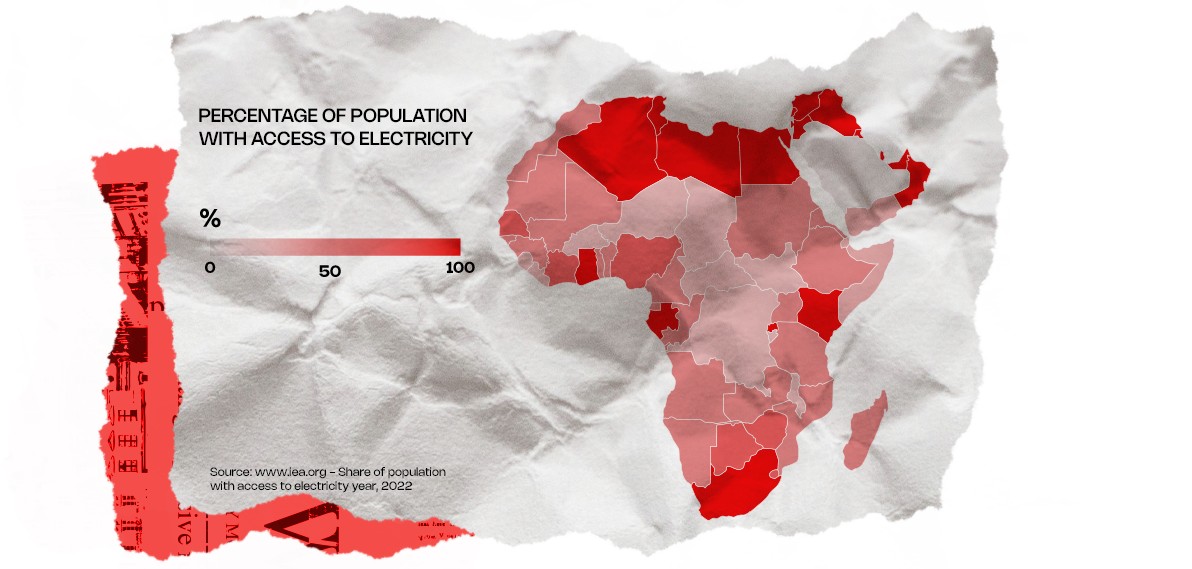

A response to the rural exodus
Through rural electrification (via standalone systems and mini-grids), it will be possible to develop remote regions and stop not only the rural exodus, but also rural desertification, these being the direct consequences of inappropriate agricultural practices, deforestation, and so on. Note that 80% of the people without electricity live in these regions.

How can we make electricity accessible and affordable?
In order to supply power at the right price while supporting economic development, it will be necessary to focus on innovation and the training of qualified personnel. We need to de-risk investment, reinforce and modernize equipment and network infrastructure, facilitate installation and maintenance, develop eco-design and recycling, introduce new payment models, and so on.
As part of this, it is essential to secure supplies in sectors such as transport, industry and construction. How? By installing high-power cables. Superconducting cables, for example, can transport large quantities of energy whenever and wherever required, usually in large cities and conurbations.

Developing the circular economy, an imperative for Africa
One fact is certain: the circular economy is a key component of sustainable development, and one that could also help to bring down the price of electricity. However, making the circular economy a reality will require substantial investment (plant construction, vehicle acquisition, training, etc.) and the emergence of local industries, particularly recycling. For this reason, it is important for all players – public, private and international – to join forces and to develop these sectors through strategic partnerships.
Energy efficiency, a key prerequisite in achieving sustainable electrification
Achieving sustainable electrification will involve not only developing renewable sources and resilient networks, but also optimizing usage through energy-efficient buildings and equipment. This will mean setting energy performance targets and implementing measures to achieve them (insulating walls and roofs, integrating smart management systems, monitoring energy usage, etc.). For Africa, these improvements are essential. The energy savings obtained will reduce the price per kWh while limiting the growing demand for electricity (by 230 TWh in 2030 according to the IEA, or 30% of current consumption levels).
Collaborative projects to develop electrification
To meet these challenges, Africa has a huge asset: a renewable energy potential that is far greater than anywhere else in the world. According to a report by Deloitte, this potential amounted to 10 TW of solar capacity, 110 GW of wind and 35 GW of hydro in 2023. However, it is still largely under-exploited. Only 2.7 GW of renewables were added to the total in Africa in 2023, for a global total of 473 GW. By way of comparison, China has deployed no less than 297.6 GW, or almost 63% of the total. In late 2023, Africa’s installed capacity stood at 13.47 GW for solar power, 8.6 GW for wind and 37.82 GW for renewable hydro, making up only a tiny proportion of the global base, estimated at 1,419 GW for solar power, for example.
IEA forecasts for the African energy market expect the situation to change rapidly, with most new energy sources being renewable by 2025. Sustainable electricity generation is expected to follow a similar trend, increasing by more than 60 TWh. It would then account for almost 30% of total electricity generation, compared with 21% in 2021.
Ambitious targets for sustainable electrification
Several countries are already engaged in this dynamic and are implementing proactive policies, leading the way for the rest of the continent. With nearly 4.6 GW of installed renewable capacity, Morocco has announced the deployment of a further 7.5 GW as part of its 2023-2027 electricity equipment plan. The proportion of renewables in the electricity mix is set to rise to 52% by 2030.
Another example is Niger, which has set an ambitious electrification target for 2018 with the signing of the Document de politique nationale d’électricité (document on national electricity policy) and the Stratégie nationale de l’accès à l’électricité (national strategy for electricity access). Eighty percent of the population should have access to electricity by 2035!
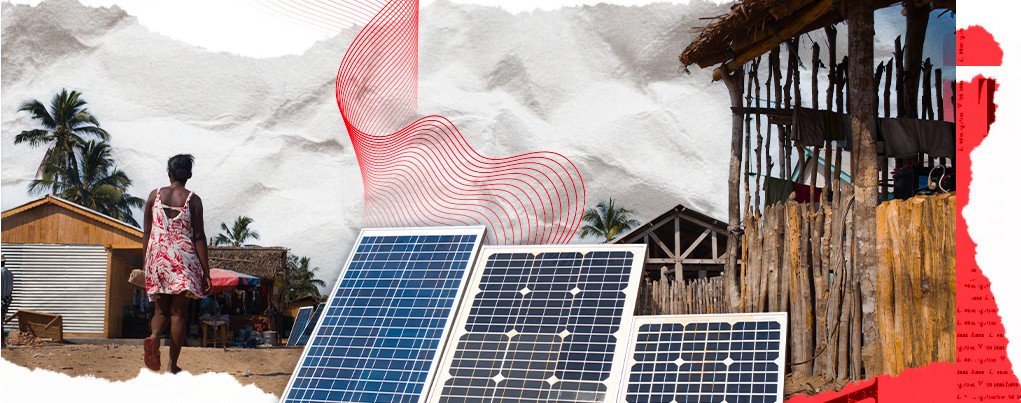
What is the best way to finance the development of renewable energies?
Achieving these objectives will require a particularly high levels of investment. A number of solutions exist to facilitate this process:
- Reinforcing or updating rules and legislation (introduction of government subsidies for local players, for example).
- Facilitating outside support, primarily through the implementation of results-based programs. For example, the World Bank provides Program-for-results financing, in which the disbursement of funds is linked directly to the achievement and verification of specific program results, set out before the contract is signed.
- Implementing power systems combining several technologies (floating photovoltaics, pumped storage, etc.) with off-grid systems backed by renewable mini-grids.
- Creating new business models and expanding development partnerships.
Among the existing initiatives, we should mention Nexans Morocco, which is supplying turnkey cable systems for photovoltaic panels. This reduces the total cost of ownership of solar power plants and cuts the time required for installation, thereby limiting the investment required.
Partnerships: the cornerstone of the energy transition in Africa
To meet both financing and innovation needs, it will also be necessary to set up strategic collaborations between government bodies, businesses and associations.
Let’s take the example of an ambitious project such as Mission 300. Supported by the World Bank and the African Development Bank, its purpose is to provide access to electricity for 300 million people in sub-Saharan Africa by 2030. For the moment, however, total contributions stand at 30 billion dollars, far short of the 90 billion required.

Nexans projects supporting the transition
Sustainability has long been part of the strategy implemented by Nexans, with excellent results. Between 2019 and 2023, for example, Nexans was able to cut its greenhouse gas emissions by 36%. To achieve this, the Group implements a “local-for-local” approach with the aim of serving most customers within a radius of 1,000 km, for a smaller carbon footprint and lower transport costs.
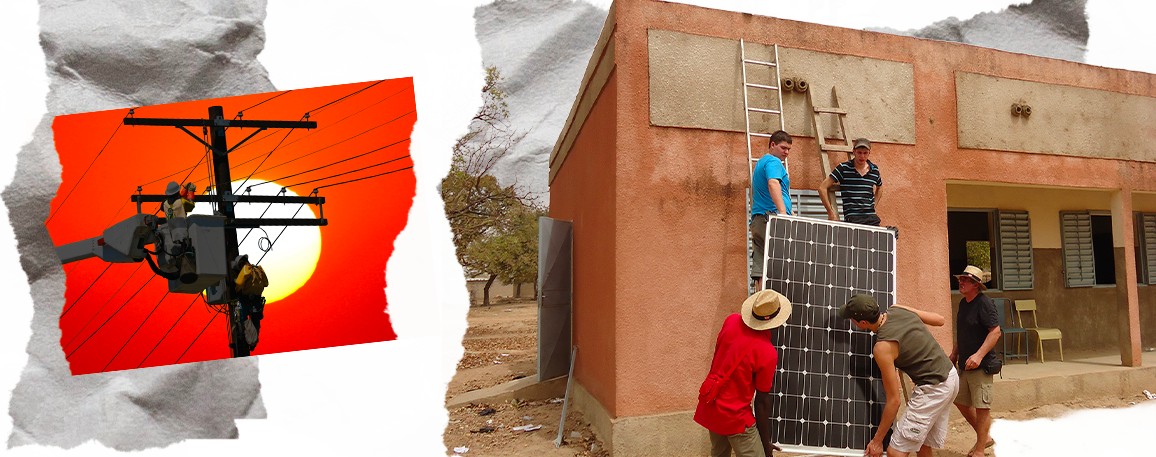
In Africa, where Nexans has been present since 1947, this strategy is supported by Nexans Morocco. The company has already forged several partnerships and launched collaborative projects, and is playing a key role in the electrification of Africa.
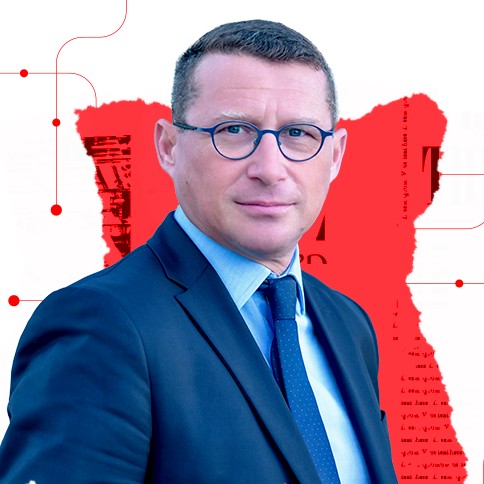
This is one of the Group’s few business units supplying not only cables, but also transformers and turnkey projects
VP Innovation, Nexans
In particular, Nexans Morocco has set up metal crushing and separation facilities with local companies. Through this initiative, it is able to recycle 83% of production waste. It has also launched several initiatives including the Nexans Climate Challenge. This event recognizes and rewards the projects that are most promising from a socio-environmental standpoint, allowing the ecosystem to work with start-ups. The winners of the 2023 edition included MAG Power, a project for mobile power stations using lithium batteries charged by renewable energies and fully recyclable.
The Nexans Foundation is also involved in a number of collaborative projects in Africa, such as training young people in electrical trades through the organizations IECD and ACCESMAD, installing solar panels in health centers in Côte d’Ivoire, and connecting hospitals to the grid in the DRC.
Sustainable electrification is undeniably a key pillar of the energy transition in Africa. It simultaneously addresses the three crucial challenges of energy access, energy efficiency and cost control. Faced with a steadily growing demand for electricity, Africa needs to address the challenge of supplying clean, affordable energy that is accessible to everybody.
Collaborative projects are playing a decisive role, supported by innovative financing and strategic partnerships. Public, private and international players can join forces to make sustainable electrification a reality in Africa, enabling the continent to meet its energy needs, and also to position itself on the front line of the fight against climate change, the impact of which is felt more acutely here than anywhere else in the world.

